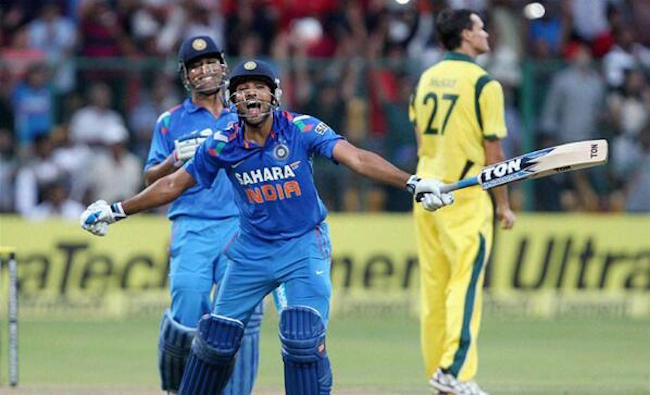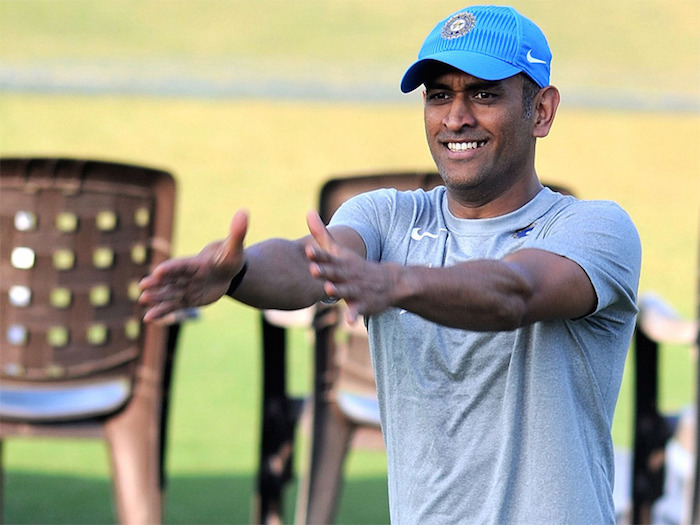Rohit Sharma has been one of India’s most dependable batsman in ODIs and it was Mahendra Singh Dhoni’s decision to make him open the batting in 50 overs format which turned out to be a ‘career-changing move’ for the Mumbai lad.
After being sent as an opener, Rohit impressed everyone in the ICC Champions Trophy 2013 and then proved his mettle in the ODI series against Australia, scoring two centuries, including 209, only the third double in ODI cricket at that time.
His ODI form helped him to get a call for the Test team and he responded by scoring centuries in his first two Test innings, becoming the fifth batsman to do so.
A year later, he became the first batsman to hit two ODI double-hundreds, in an innings where he smashed the record for the highest score with 264 off 173 against Sri Lanka at Eden Gardens.

The right-handed batsman is now one of the most important parts of the limited-overs team and was recently named the vice-captain for the upcoming limited-overs series against Sri Lanka.
And four years after that inspired experiment, Dhoni, during an interaction at the National Cricket Academy, Bangalore, revealed the reason which convinced him to try out Rohit as an opener.

“We have to see what others are not seeing. Rohit Sharma is one of the best examples. He accepted that challenge of becoming an opener. In limited-overs, he is one of the best openers who is playing right now. You have to at times think out of the box. We were like the amount of talent this guy has, I have to make him play. For that, if I have to make him an opener, I will do it,” Dhoni said.
“Whether he is up to the mark, only his performance will judge that. You can only do that if your other 5-6 batsmen are performing. If you keep losing games, you can’t give games to individuals. If you lose 3-4 games, you have to make a few changes. If you keep playing the same XI then others who are your bench strength won’t get a reality check of what they have on offer. It is slightly complex but what’s easiest and what always works during a series is to give the individual as much confidence as possible,” he added.
